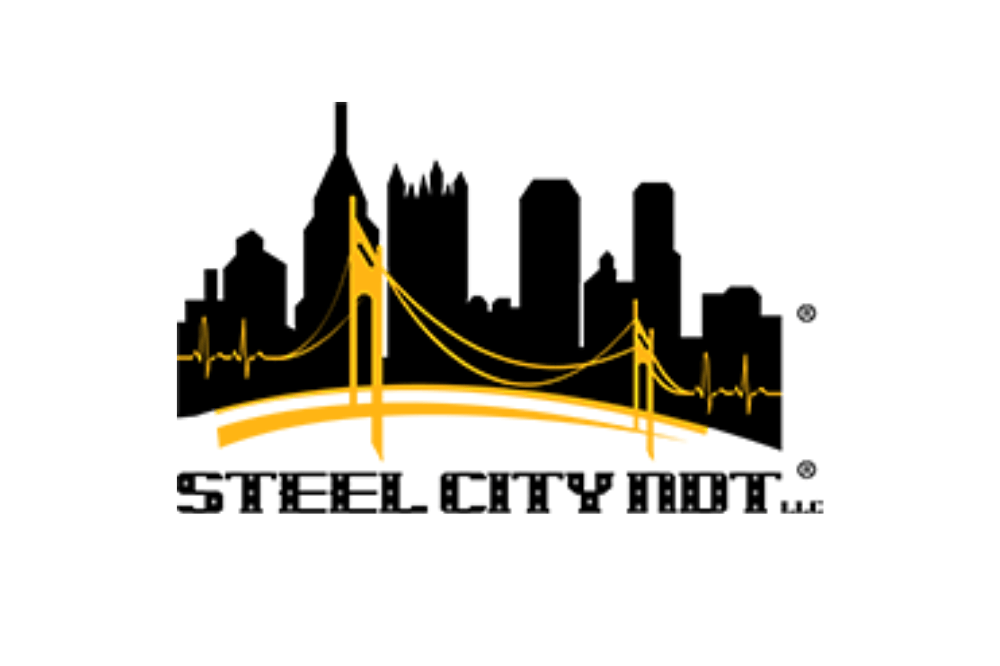BOLT TENSION

Understanding Bolt Tensions Specs and the Importance of Proper Torque
In the realm of securing components, bolts stand as the unsung heroes, holding structures together with unwavering strength. Yet, the potency of these seemingly simple fasteners hinges upon a precise choreography of installation, notably in the realms of torque and tension. The reverberations of miscalibrated bolt tensioning resonate far beyond the surface, encompassing everything from functional glitches to full-blown calamities. Embark with us on an exploration into the realm of bolt tension specs, unearthing the depths of its importance, and understanding why delicate precision is the ultimate hallmark.
Why Do Bolts Need Torque and Tensioning Safety?
The significance of bolt tensioning safety is underscored by real-life incidents, such as the crash of a Global Hawk aircraft drone in 2011. An improperly torqued fastener was identified as the cause of the crash, resulting in a staggering $73 million loss. This unfortunate example highlights the criticality of adhering to proper bolt tensioning procedures in various applications.
Understanding Torque and Tension
Torque, often measured in foot or inch-pounds in the US and Newton-Metres in Europe, is a twisting force created by applying a force over a specific distance. In the context of bolt tensioning, torque is used to create tension within bolts. As the nut is turned onto the bolt, additional torque causes the nut to stretch the bolt. This stretching transforms the bolt into a solid spring that clamps components together, resisting forces that attempt to pull them apart.
The Role of Proper Torque Value
The determination of appropriate torque values hinges on factors like bolt material properties and their intended purpose. Using the right materials for the job is crucial. Under-torquing a bolt can lead to insufficient clamping force, while over-torquing can cause the bolt to break. Proper torque value ensures that the clamping load remains well below the tensile load, preventing material failure.
Importance of Proper Torque
The importance of proper torque is underscored by the example of over-torqued screw caps on the aforementioned aircraft drone. These caps were 18-22 inch-pounds above the prevailing torque, causing them to loosen during flight. Improper torqueing can lead to deformation of bolts, reducing clamping force, or even worse, bolt failure.
Tools and Care for Effective Torque Measurement
Torque wrenches, available in analog and digital formats, are essential for measuring applied torque accurately. Treating torque wrenches with care is vital, as they are precision instruments that require careful handling to maintain accuracy. Unlike common tools, torque wrenches must be treated delicately to avoid costly recalibrations.
At Steel City NDT LLC, we offer bolt testing services that provide accurate measurements of bolt tension. Our advanced equipment simulates joint conditions, allowing for consistent tightening to bolt tension specs. This method ensures that impact wrenches are properly calibrated, the correct installation tools are utilized, and fasteners meet minimum bolt tension specifications. The Research Council on Structural Connections emphasizes the importance of bolt testing and tension measuring devices at job sites.
In conclusion, bolt tensioning is not a mere technicality; it's a critical aspect that directly influences the safety and reliability of various applications. Proper torqueing, adherence to tensioning guidelines, and the use of accurate measuring tools are essential for ensuring the integrity of bolted joints. At Steel City NDT LLC, we are committed to providing the expertise and services necessary to maintain the highest standards of bolt tensioning safety.


